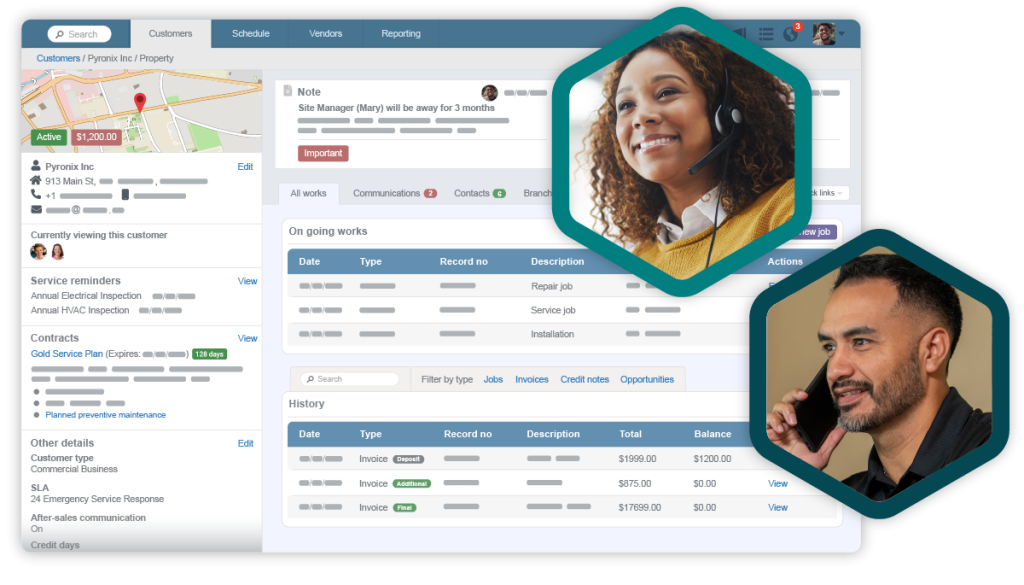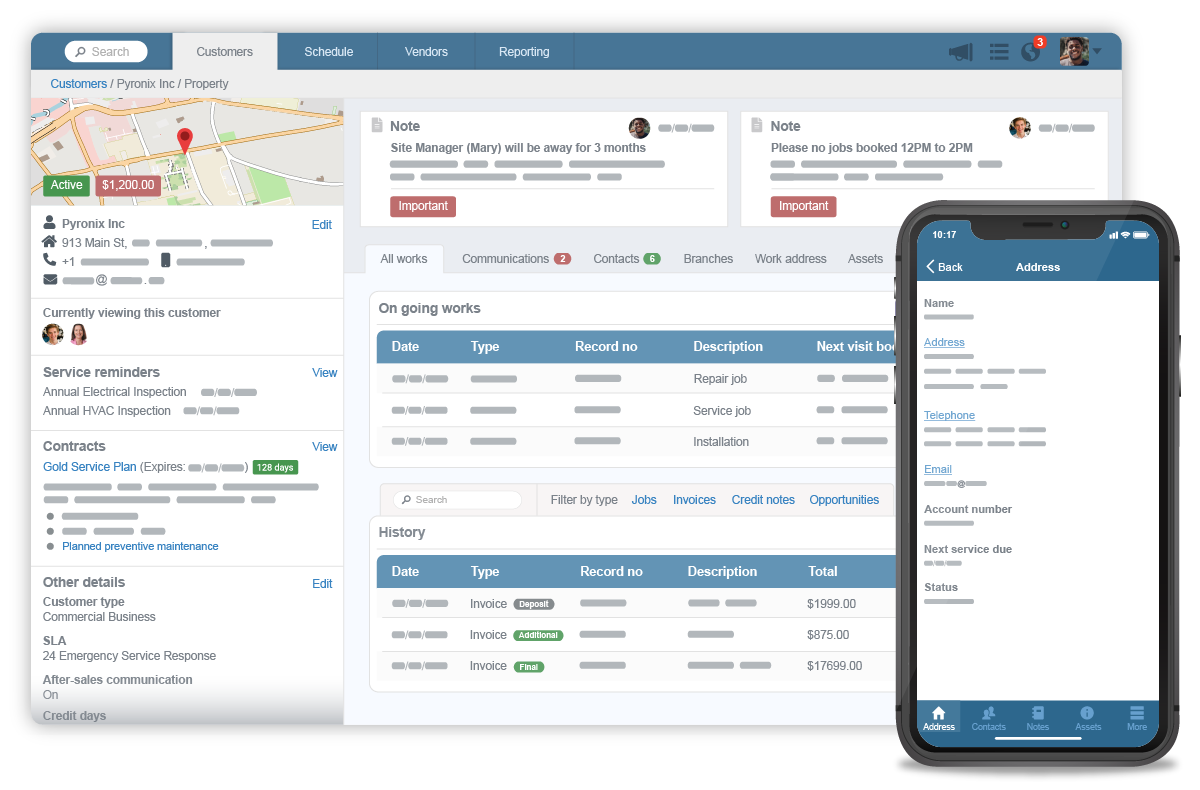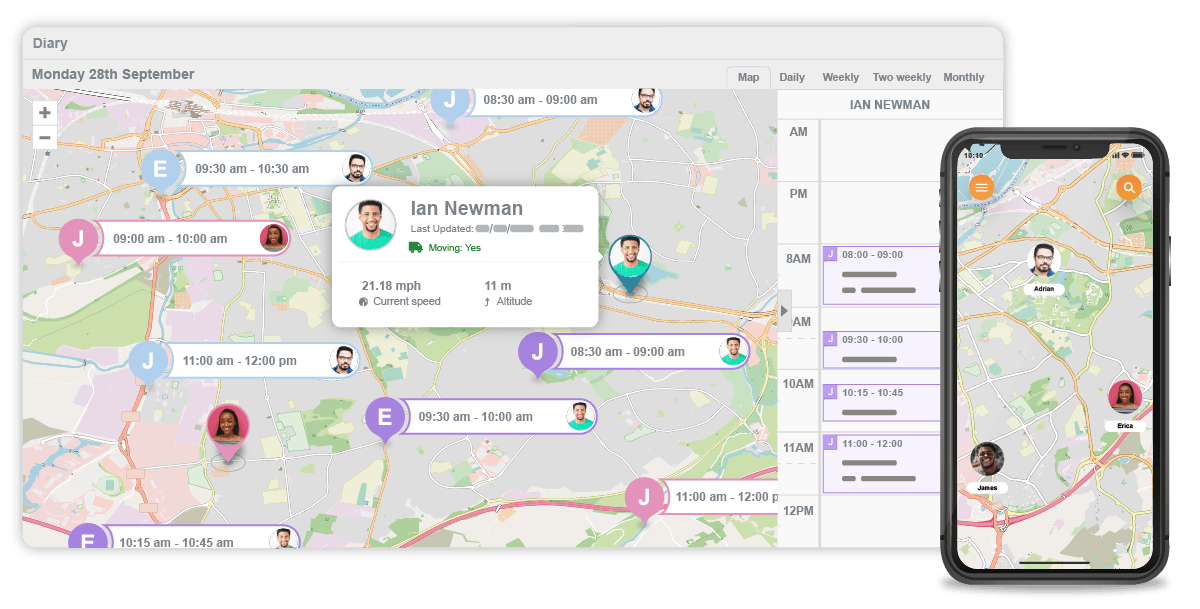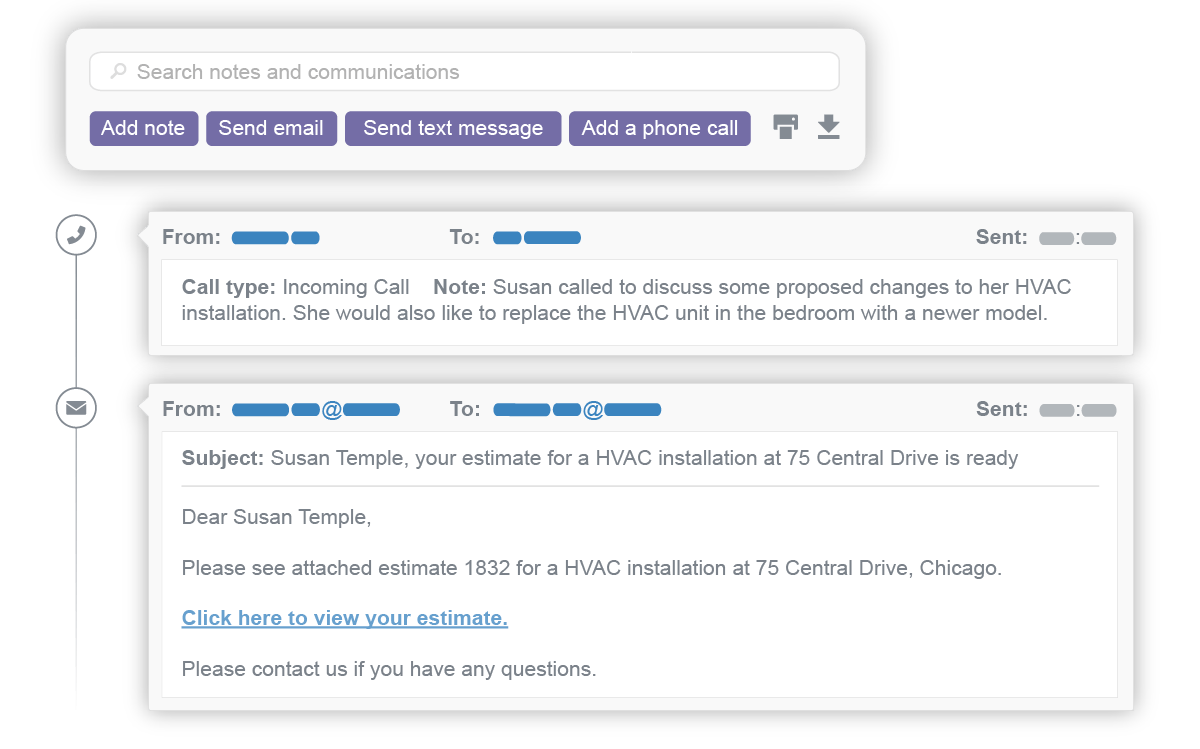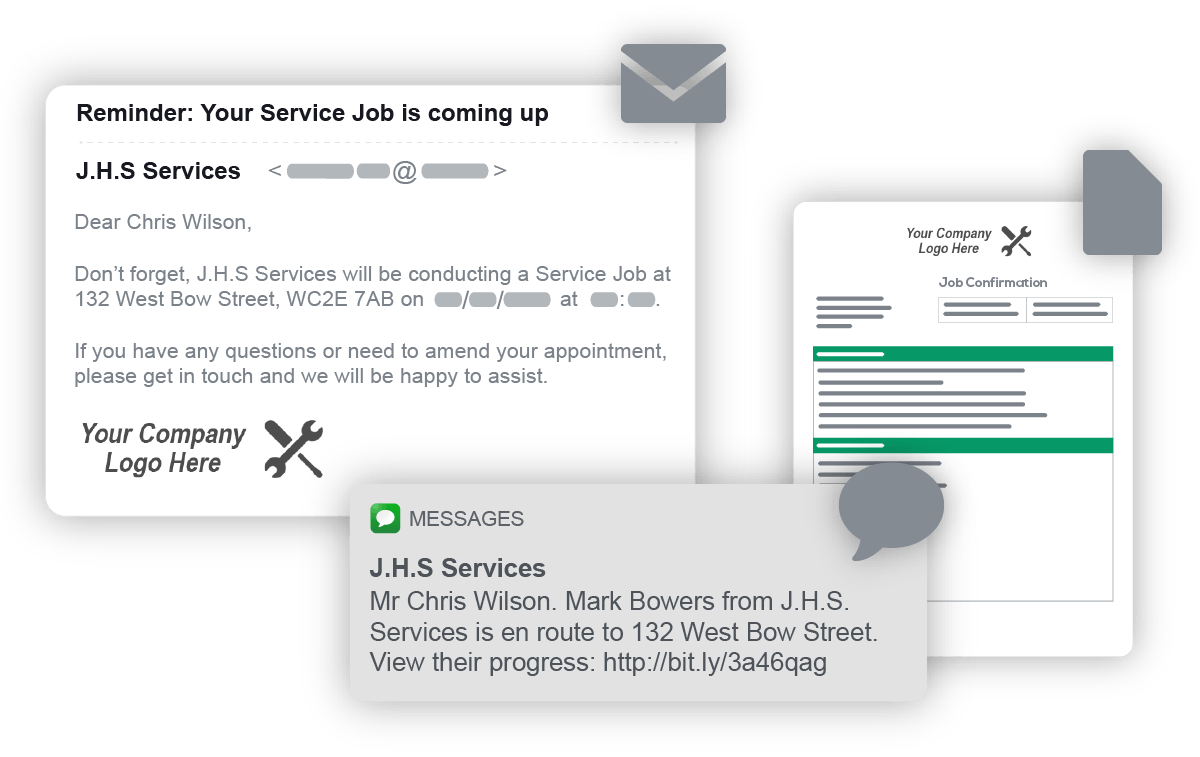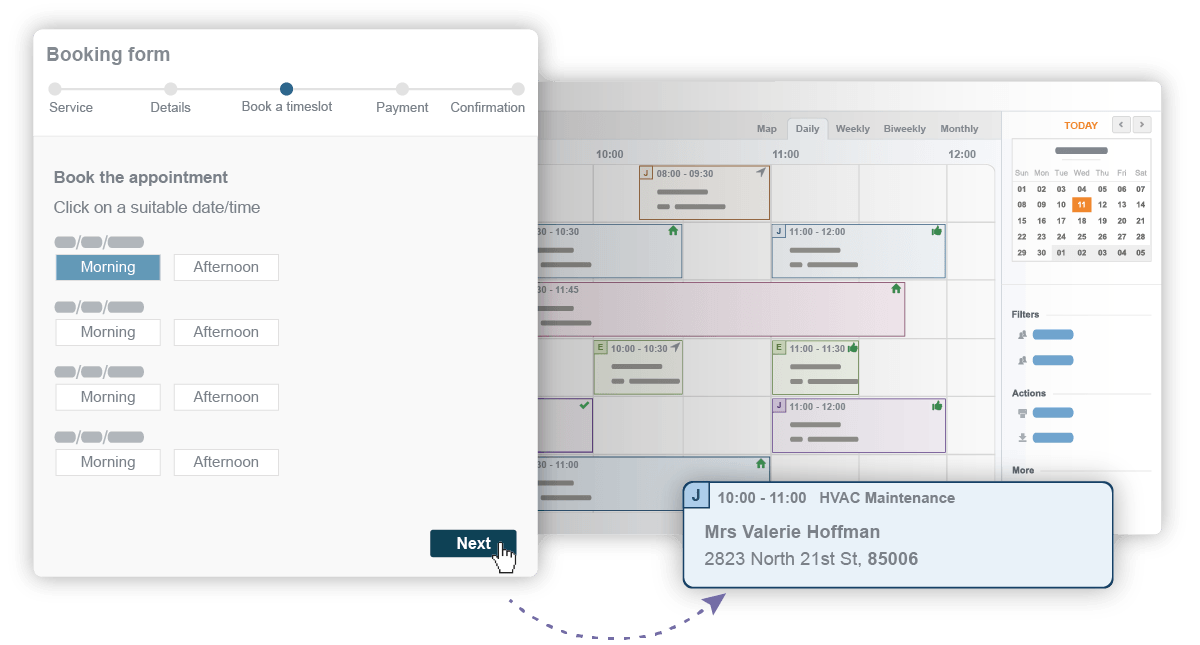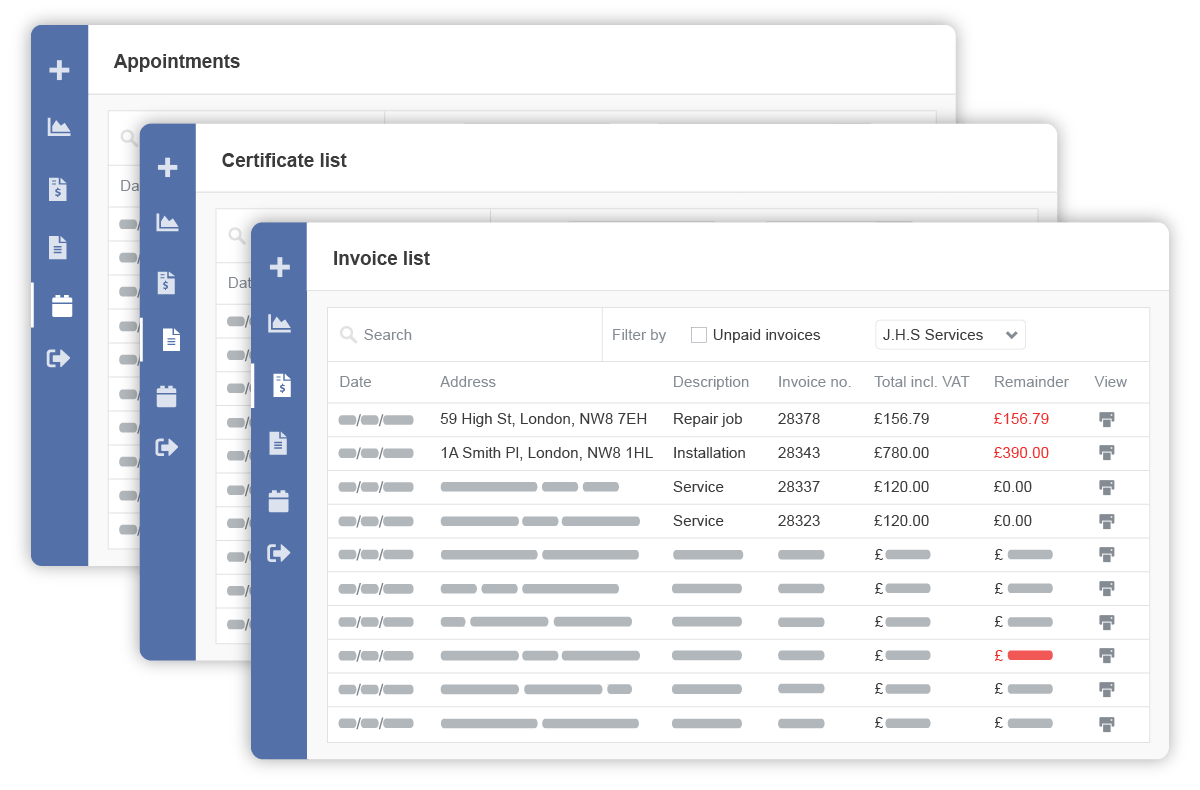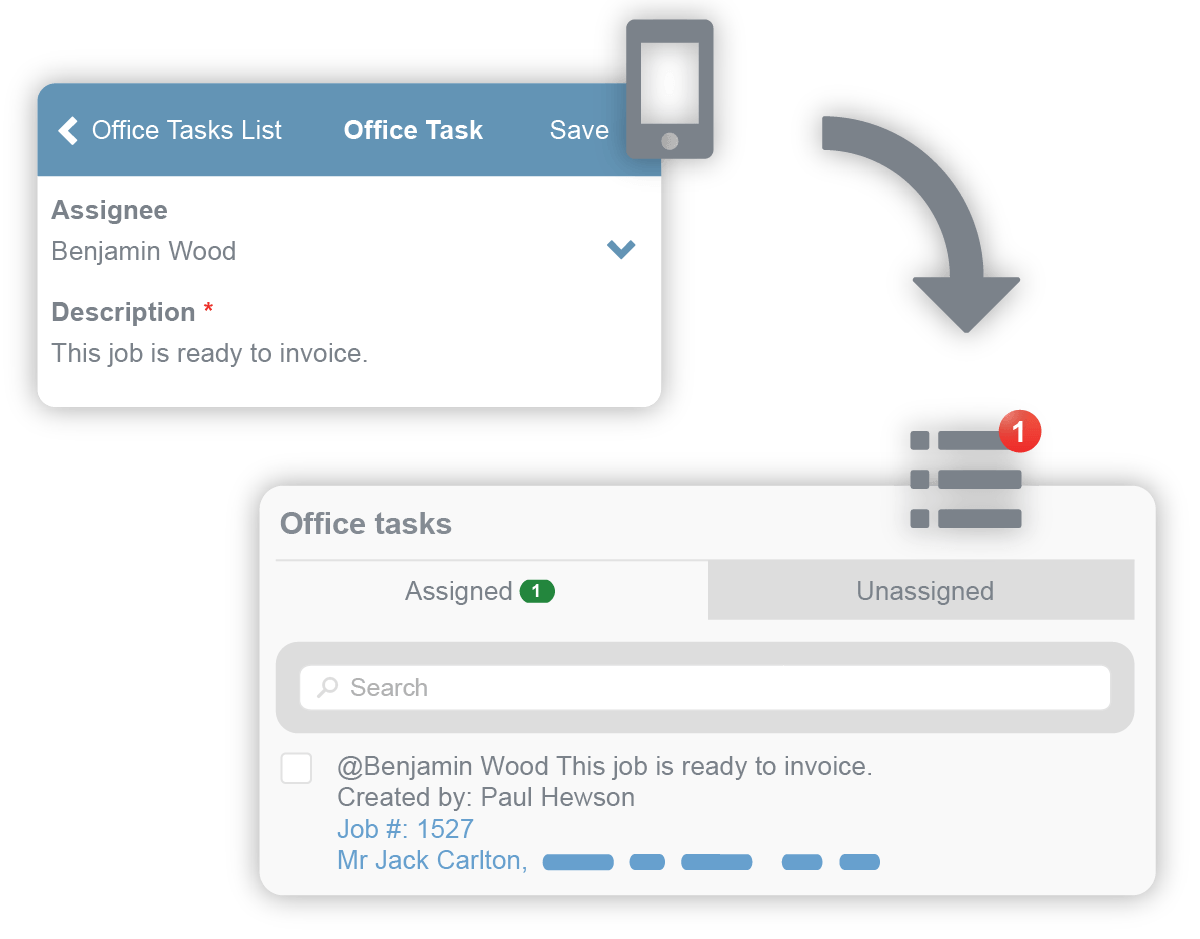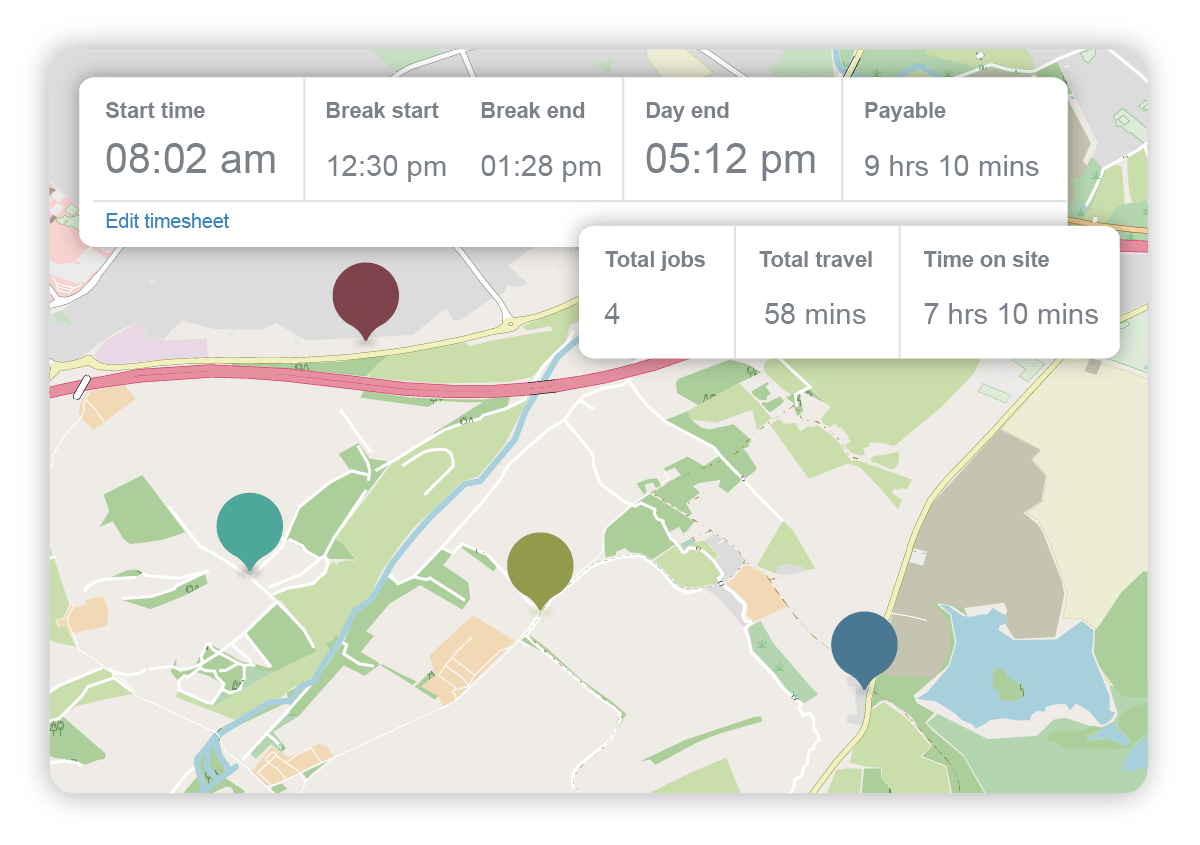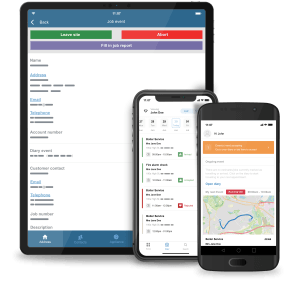With Commusoft, office managers can accomplish more each day without sacrificing the quality of your services. Whether supervising customer inquiries, or connecting with technicians on the road, the Commusoft platform ensures the up-to-date information you need is a click away!
Your office team can build detailed customer files with our customer database software, monitor your vehicles and maintenance with our fleet management software, and manage purchase orders with our vendor management software. Further, you can automate tasks with invoicing software, service reminders software, and customer alerts and notifications, freeing your staff to handle higher-value tasks.
Ready to learn more about how Commusoft can help your front office? Schedule a call with our team today!



